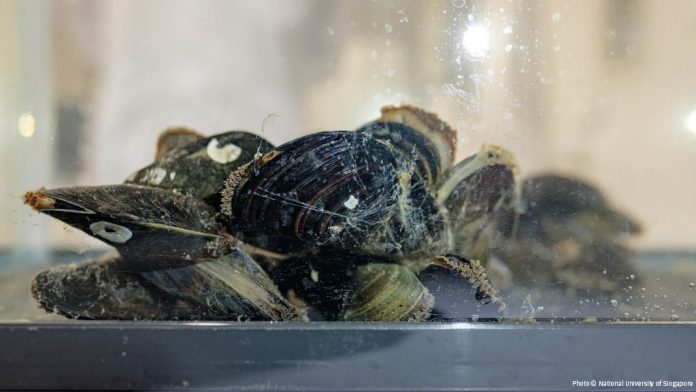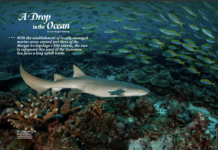And researchers in Singapore say the mussel might be living under the radar across Asian waters
By Lim Jun Xi
Asia’s native mussel species, the green mussel (Perna viridis) is facing tough competition in local waters from the invasive American brackish-water mussel (Mytella strigata), say researchers from the National University of Singapore (NUS), who discovered the invasive mussel on the island country’s shores and speculate that more may be living under the radar across Asia’s seas.
This is the second time in Asia’s history that Mytella strigata have surfaced in the region, with the first spotting in the Philippines in the 1800s. Researchers say the mussel may have arrived by attaching itself to ship hulls, or gotten accidentally sucked up as ballast water into ships, which then sailed across the Pacific to Asia.
Related: Before They are Silenced Forever
Researchers led by Dr Serena Teo and Dr Tan Koh Siang of NUS’s Tropical Marine Science Institute were alerted of the mussel’s presence during shore surveys in early 2016, and compared samples with historical archives in London’s Natural History Museum and genetic samples from the Americas to establish its identity, NUS said at a media event last Friday (March 2).
Dr Teo says it is likely the mussel is present across Asian shores. She hopes that neighbouring countries can quickly identify and control the species before it causes any ecological damage. This includes implementing biosecurity laws and addressing international initiatives such as the Ballast Water Management Convention, which requires ships to manage their ballast water.
Related: Slitherin’ Singapore
In Singapore, the mussel has already formed dense mats on the Kranji mudflats, an ecologically important habitat for the native horseshoe crab, and fouling nets on green mussel farms. Mussel biofouling may also affect the maritime industry by attaching on ship hulls and propellers, and clogging seawater intake pipes.
Related: Coral Conservation











